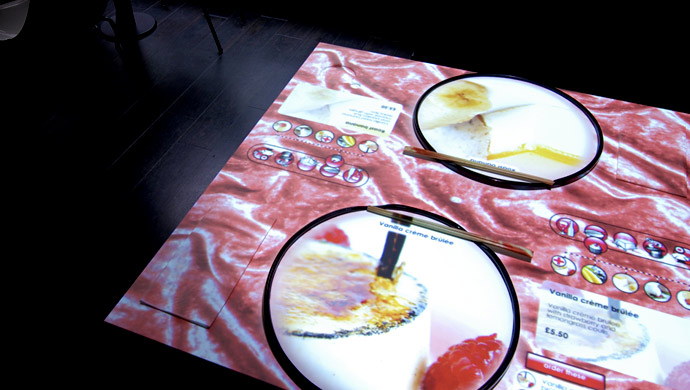The online journal Human IT has an issue on gaming with an interesting article about mobile gaming (or augmented reality gaming) for education. See Elisabet M. Nilsson & Gunilla Svingby: Gaming as Actions: Students Playing a Mobile Educational Computer Game. The article has a clear and short summary of the literature around serious games and education that points out that there isn’t yet much evidence for the theoretical claims.
The overall conclusion seems to be that even if several studies show effects on learning as well as on attitudes, empirical evidence is still lacking in support of the assumption that computer games are advantageous for use in educational settings. (p. 28-9)
The article touches on the problem we all have when we ask students to role play (whether as part of a game or simulation), which is how seriously they take it.
Some of the groups had a clear ironic touch on almost all of their utterances, at the same time as they were taking on the assignment with a serious attitude. When playing the game, they seemed to constantly oscillate back and forth between the imagined game world and their own reality. They played their alloted fictive role, and at the same time referred to their own personal experiences. (p. 43)
I’m convinced this irony has to do with how comfortable students feel playing roles before others. What does it mean in the web of class relationships to ask a student to act before others? Should they have a choice? Obviously they handle the uncomfort with irony as a way of preserving their identity in the class. That they can do both (play a fictive role and their ironic self) at the same time is impressive. On page 53 the authors suggest that a context where students can alternate (motivations) could make for an “engaging learning experience.”





